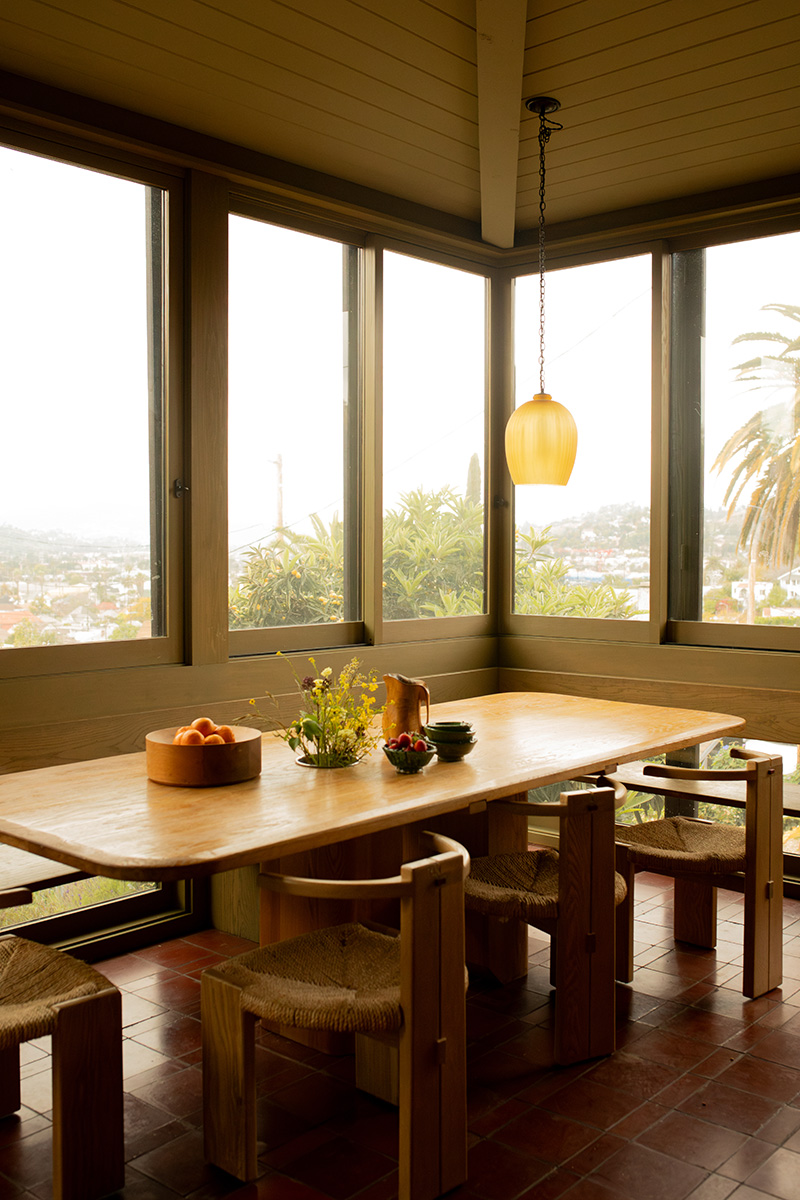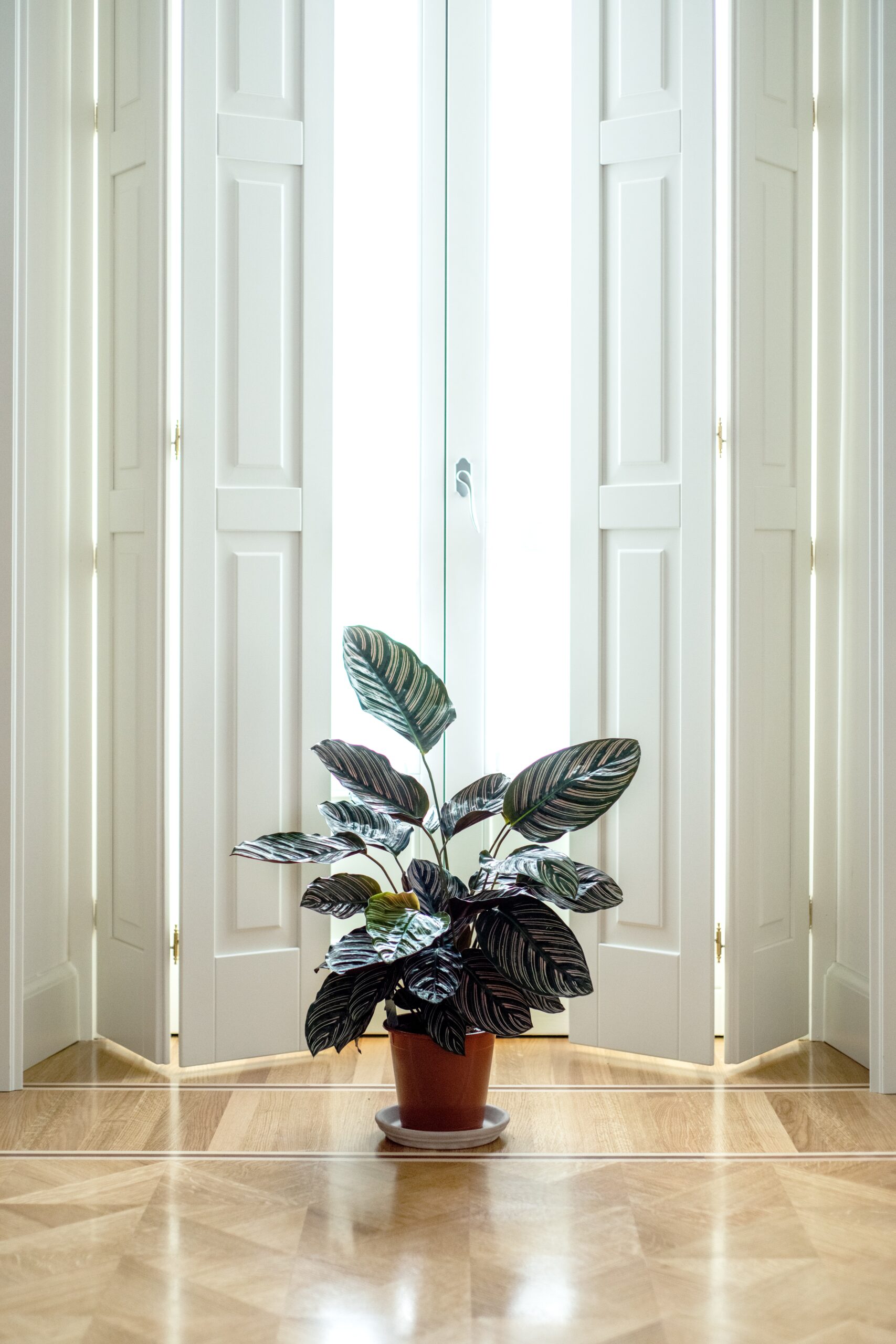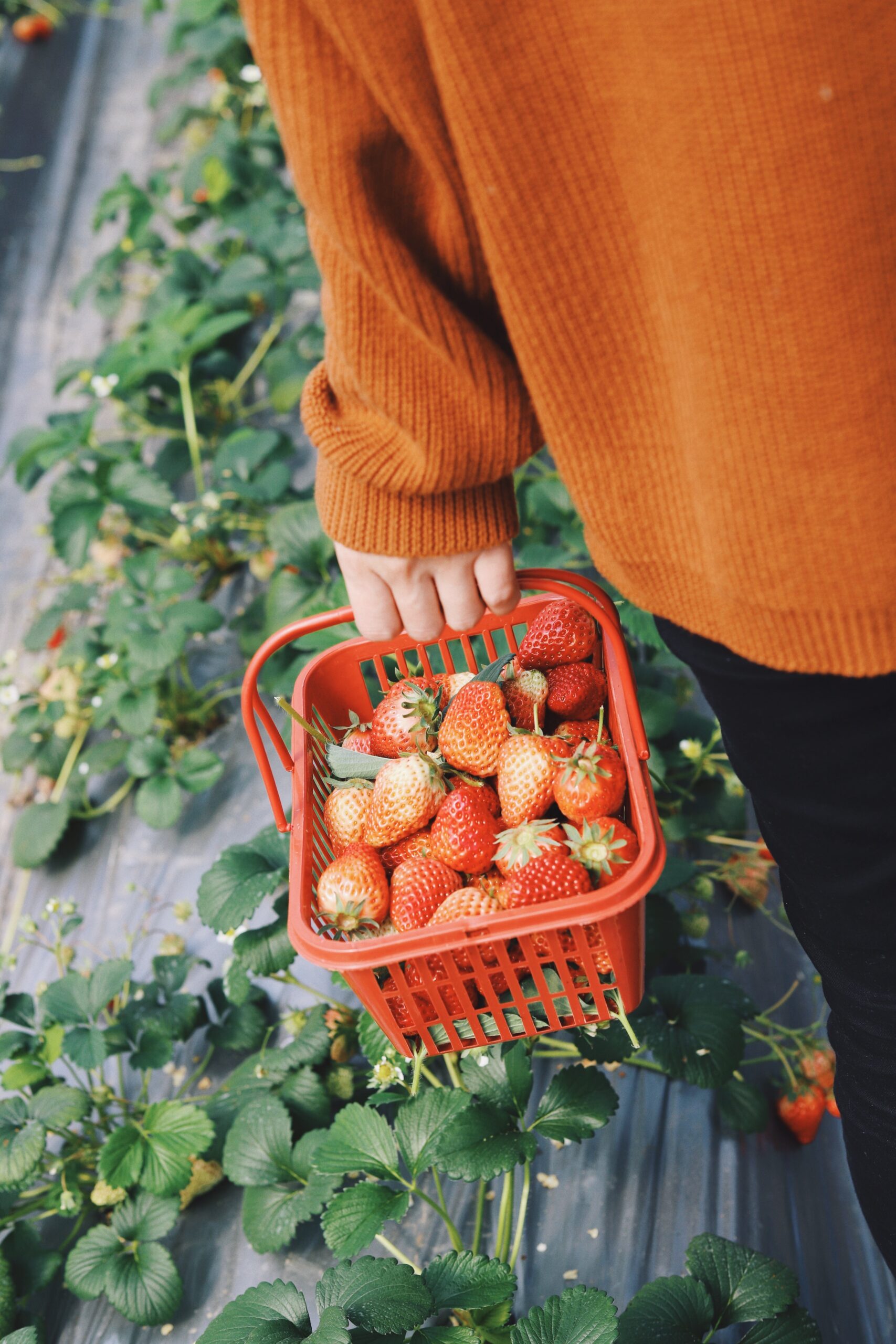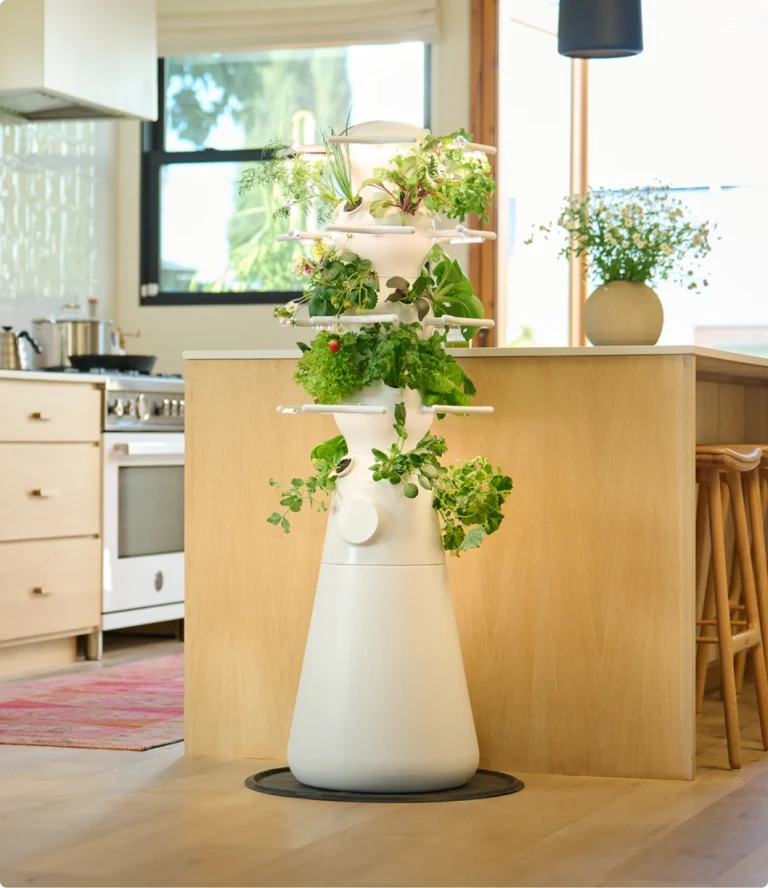
9 Indoor Vertical Gardens Like Gardyn and Rise
The Good Trade editors endorse products we’ve personally researched, tested, and genuinely love. Learn more about our methodology and business model here.
I’m moving into a new space this month — the first apartment I’ve ever had with abundant natural light. My vision incorporates color and lots and lots of plants. Edible greens, “don’t eat that!” plants, and maybe some fake foliage for extra impact without extra work.
But I’m also not exponentially increasing my square footage; it’s still only one bedroom in the heart of Los Angeles, so floor space is limited. With all this natural light, though, I’m invigorated by the idea of covering my walls with vines and hanging herbs in the kitchen windows. That is to say, let’s get vertical, baby! (With an indoor garden.)
“Vertical gardens make a vibrant addition to homes and apartments without taking up valuable space.”
Whether you’re a seasoned pro or just noticing a greenish tint to your thumb, vertical gardens make a vibrant addition to homes and apartments without taking up valuable space. If you’re considering one plant (or a hundred) this season, here’s your guide to getting started — including a primer on what types of growing methods are available. (Some of them don’t even require soil.)
Or, if you’re looking for greenery without as much hassle, build your own indoor oasis with these websites where you can order houseplants straight to your door.
Which type of indoor garden is best?
Unless you’re going for air plants all around, you’re going to need a growing medium — i.e., where the plant will grow its roots. Here’s a quick primer on the best indoor growing mediums and the pros and cons of each.
SOIL
The classic growing medium! Soil is lower maintenance and requires no additional technology (as long as you have plenty of natural light). It’s also more affordable up-front to pick up a bag of soil and cute planters than it is to invest in other specialty vertical gardening appliances.
Try to avoid peat-based soil, which is less sustainable than other organic composts and mediums like coconut coir, perlite, and charcoal. You can even compost at home (here is the how-to, and here are small space-friendly compost bins).
“It’s more affordable up-front to pick up a bag of soil […] than it is to invest in other specialty vertical gardening appliances.”
If you opt for soil, know that having many plants can get a little heavy — so plan accordingly. Hang pots individually from the ceiling, and make sure you find studs when securing planters to your walls (tips here, or invest in a stud finder). A secondhand wire shelf, kitchen stand, or bookshelf can be equally stunning without being too imposing.
Soil can be messy (especially if you have curious pets), and there is the chance for mold to grow in overwatered, under-drained plaints. Although, whenever you’re dealing with plants that require any sort of water or humidity, you can run into this issue no matter which growing medium you use.
HYDROPONIC
Growing plants in a hydroponic system means no soil. This encourages greater growth (because plants don’t have to fight through soil to establish root systems) and higher yields based on factors that are more inside your control, like added nutrients and strategic lighting. Have you ever propagated a pothos plant by sticking a cutting in water? That’s basic hydroponics!
It’s not a new-fangled technology, only a refined one (the Hanging Gardens of Babylon and Aztec chinampas allegedly used principles from hydroculture). These days, hydroponic gardening can range from scrappy DIY projects to ultra-high-tech investments.
“Hydroponic growing holds a lot of promise — especially in fresh food-scarce areas or places with difficult weather patterns or depleted soils.”
But hydroponic growing holds a lot of promise — especially in fresh food-scarce areas or places with difficult weather patterns or depleted soils. It also uses less water since you’re only watering roots instead of the additional dirt around the plant.
There are several different approaches, depending on your resources. Here are a few that may work for your indoor garden — all are based on recirculating the same water, with the occasional nutrient refill and water replacement.
- Ebb and flow systems are designed so water and nutrients flood a basin of plants potted in non-soil mediums and wire baskets, then drain out to expose the root systems to oxygen.
- The nutrient film technique uses gravity as well, this time with a sloped pipe. Water and nutrients continuously trickle down past root systems into the drainage container and recirculate.
- Aeroponics features a constant, fine spray, meaning that roots get oxygen, nutrients, and water all at once. This has a high yield but also has the highest risk if there’s a mechanical failure. It’s especially efficient at rapid propagation.
- Aquaponics can use some of the techniques above, but instead of purchasing nutrients, the water reservoir houses fish. Feed the fish, the fish waste circulates up through the plants as fertilizer, and the plants clean the water for the fish. (Uh, yes, please?!)
If you’re going the hydroponics route or don’t have ample daylight, it may be smart to invest in a grow light. And that’s the biggest drawback of hydroculture at home — the cost. From nutrients to seeds or seedlings to growing mediums and lights, this can get pricey. The good news is, it’s effective and consistent for growing your own food so that you can offset a little bit of your grocery bill.
What if I want to do it myself?
Before you hit “Add to Cart” on any of the soil- or hydro-based systems below, consider what you already have in your home.
If you have plastic bottles on hand (hey, it happens), you can take some inspiration from window farms and upcycle them into a vertical garden. While not ideal for fastening to drywall because of the adjacent moisture, you can hang them from your windows and grow small perennials and even herbs. Reduce the strain on the strings (and the ceiling) by mixing in lightweight and absorbent perlite or vermiculite, or look for potting soil that contains them. If you don’t have bottles on hand, consider investing in wall-mounted containers like these recycled ones from WallyGro.
“Prioritize ways you can upcycle materials, recirculate water, and maximize the natural resources you have on hand.”
You can DIY a hydroponic system with budget materials, like an aquarium pump from a local pet supply store and some additional components. Or get crafty with HGTV’s guide to creating a vertical soil-based garden out of PVC pipes. Apartment Therapy has excellent visual inspo, including the aforementioned shelves and bottles designs (I’ve got my eye on the kitchen rack approach!)
In general, prioritize ways you can upcycle materials, recirculate water, and maximize the natural resources you have on hand (hiii, sunshine). But if you can’t DIY, no problem — the brands below are offering pre-made gardens so you can get growing.
1. Lettuce Grow
Best For | Small, indoor spaces
Features | No experience needed, 100+ seedling varieties, mobile app integration, non-GMO, zero pesticides, harvest in 3 weeks, self watering
Price | Starting at $348
Lettuce Grow’s vertical hydroponic garden, The Farmstand, uses 95 percent less water than a soil-based equivalent and is made from ocean-bound plastic. This self-watering and self-fertilizing stand is available in sizes that accommodate 18 to 36 plants, and if you want to grow indoors, the brand offers grow lights, too. All The Farmstand requires is upkeep once a week and a seasonal reset — and you’re good to grow! Payment plans are available.
Customer Review | “Living in a townhome I had bo outdoor space to garden, but my Lettuce Grow Farnstand has made indoor gardening a passion of mine. I really enjoy experimenting with what kind of herbs, flowers, lettuces, and vegetables I can grow in the Farnstandm. I am amazed how vibrant and healthy everything turns out. I get so many compliments from my friends and family that come and visit. I usually send them home with some herbs because I grow too much! This has been the best investment I have ever made.” – Myken B. (Read all reviews.)
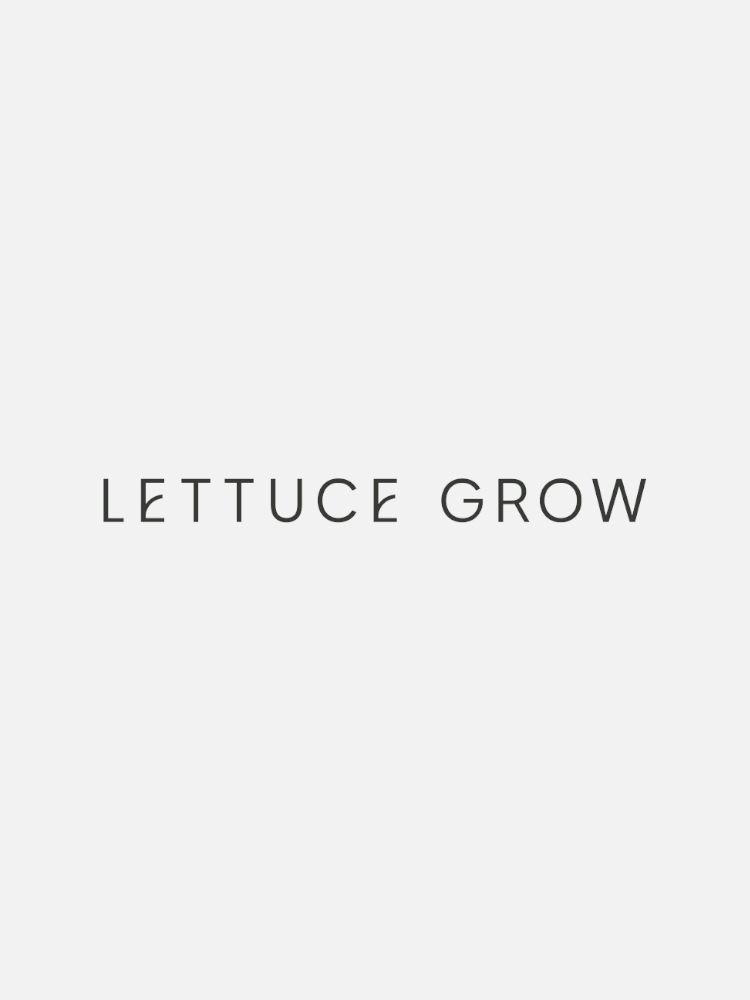
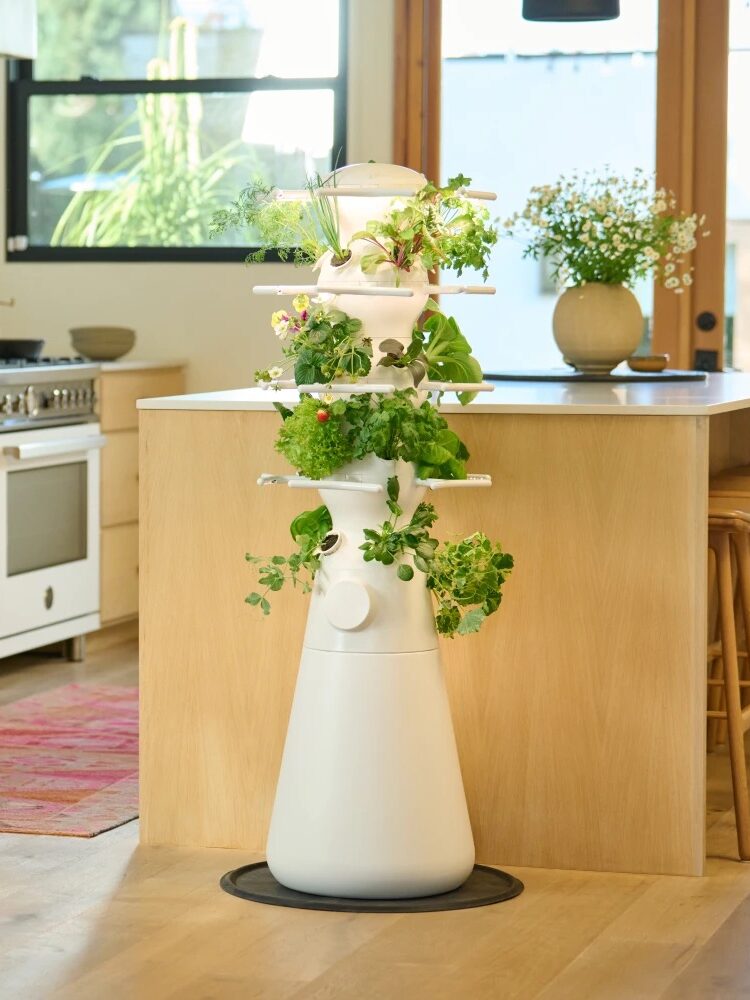
2. Rise Gardens
Best For | Countertop garden
Features | Free from pesticides, smart technology, reduces CO2 & water waste
Price | Starting at $349
One of the most aesthetically pleasing units on this list, Rise Gardens is a hydroponic growing system that can support growing food for individuals, couples, and even multiple families. Rise Gardens offers an easy-to-use app and subscription options for nutrients and seed pods so you can streamline your growing year-round. With options to grow between 8 and 36 plants, you’ll be able to grow shelf-to-table no matter how many people you’re feeding.
Customer Review | “Although it is only a week old we are already in love with the garden! The online resources have been very helpful in getting our garden off the ground. So excited to see how well the plants grow” – Jessica K. (Read all reviews.)

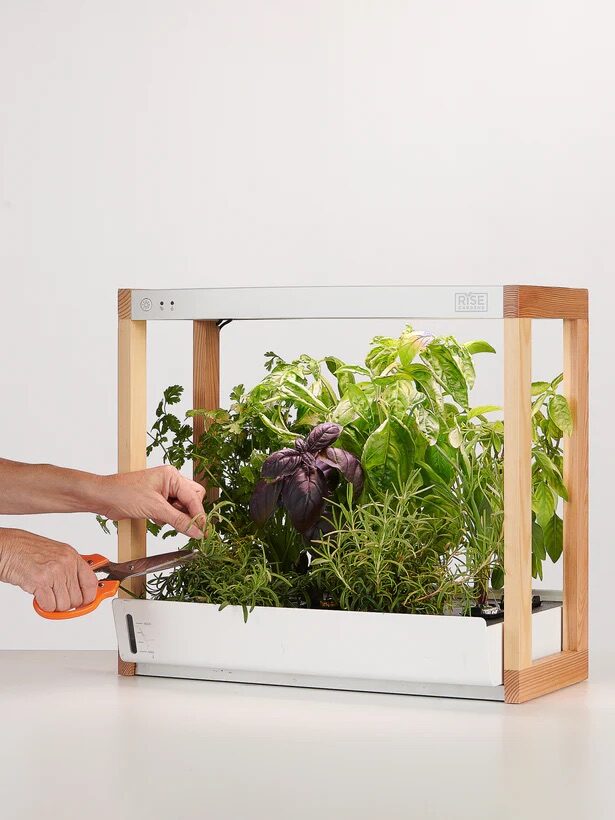
3. Gardyn
Best For | Self monitoring garden
Features | 24/7 growth monitoring cameras, energy efficient LED lights, self watering
Price | Starting at $499
If you want to get straight to growing (without building a system from scratch), Gardyn’s home kit is about as plug-and-play as it can get. Using a “hybroponic” method that combines hydroponic and aeroponic growing, this device can grow up to 30 large plants simultaneously in just two square feet. It does come with a higher price tag, so Gardyn is best for people looking to get serious about offsetting their grocery costs by growing food at home. All of Gardyn’s seeds are organic, non-GMO, and sourced from the United States, too!
Customer Review | “I love my Gardyn Studio! The compact design results in it taking up limited space in my home but the yield is incredible. I’ve never had a green thumb before, but I’ve started to enjoy tending to the Gardyn so I can enjoy lettuce, cilantro, basil, herbs, and so much more. I feel a lot healthier now too as I’m having a big salad with dinner every night. Moreover, I was able to assemble the device and setup the network all within half an hour. It’s been a wonderful journey so far and I look forward to avoiding more grocery store runs especially in the winter, thanks to my Gardyn Studio! 🙂“ – disha_0818 (Read all reviews.)
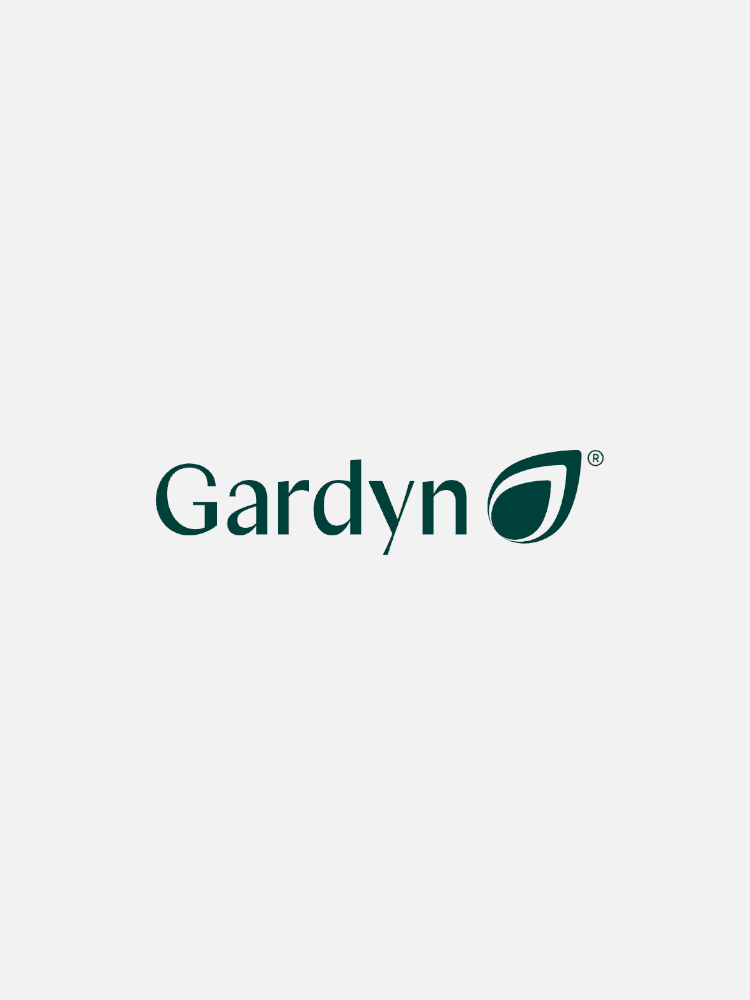
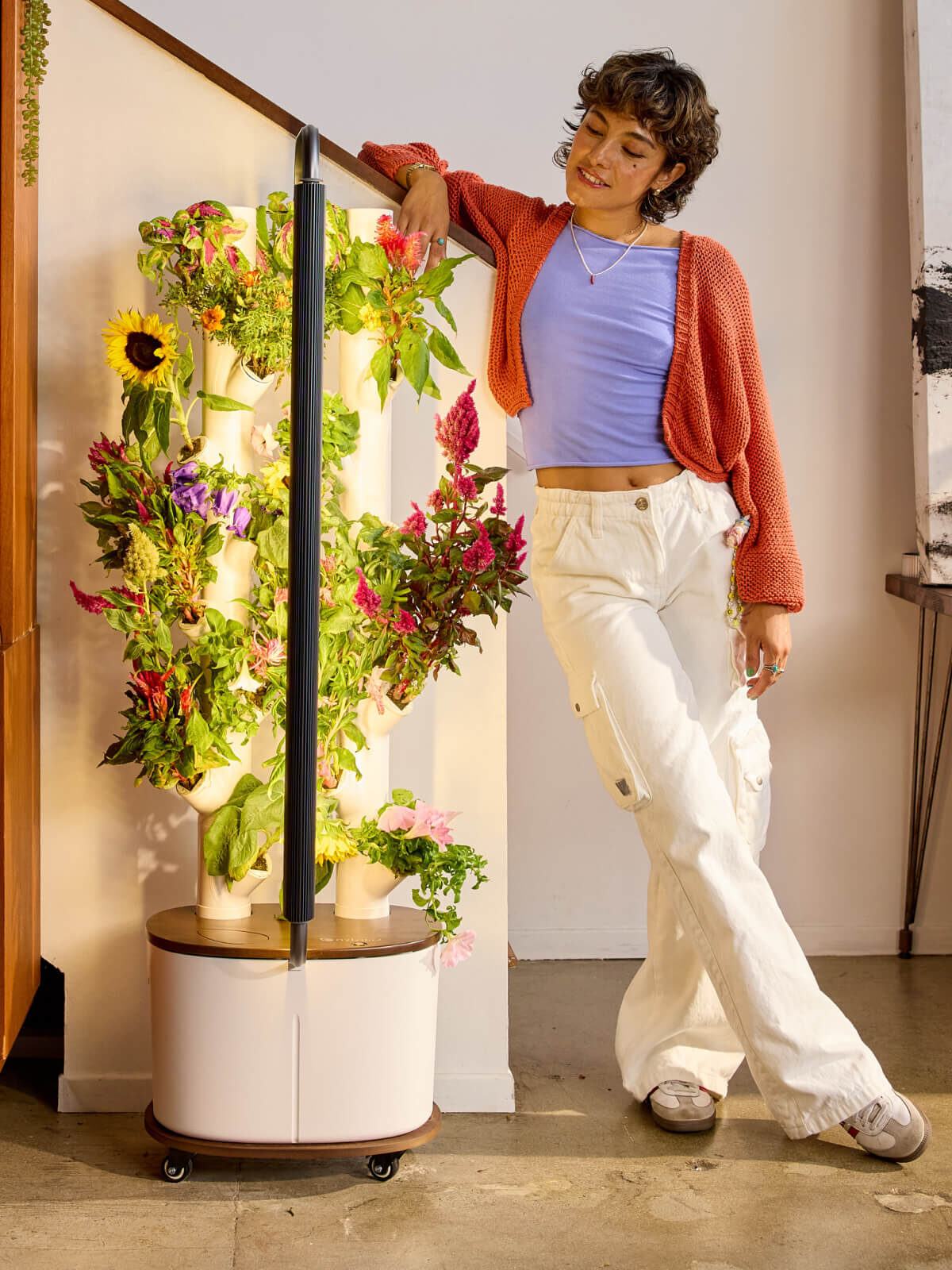
The Good Trade Partner
4. Click & Grow
Best For | Variety of garden sizes & types
Features | Automatic watering, companion app, pro-gro lights, 75+ pre-seeded options
Price | Starting at $100
Click & Grow’s Smart Garden was designed with city dwellers in mind. Designed to work “like a capsule coffee machine, but for plants,” the seed pods come pre-filled with all the nutrients and growing medium you’ll need. Ranging from small tabletop herb gardens to wall farms fit for feeding the whole family (and then some), Click & Grow makes hyperlocal produce a reality. And if you need help troubleshooting? Click & Grow’s “ask a gardener” support section will ensure you get the help you need.
Customer Review | “Although I don’t often understand modern technology, there are a few ingenious inventions that work and make my life easier and beautiful (in this case tastier)” – vandajanda (Read all reviews.)

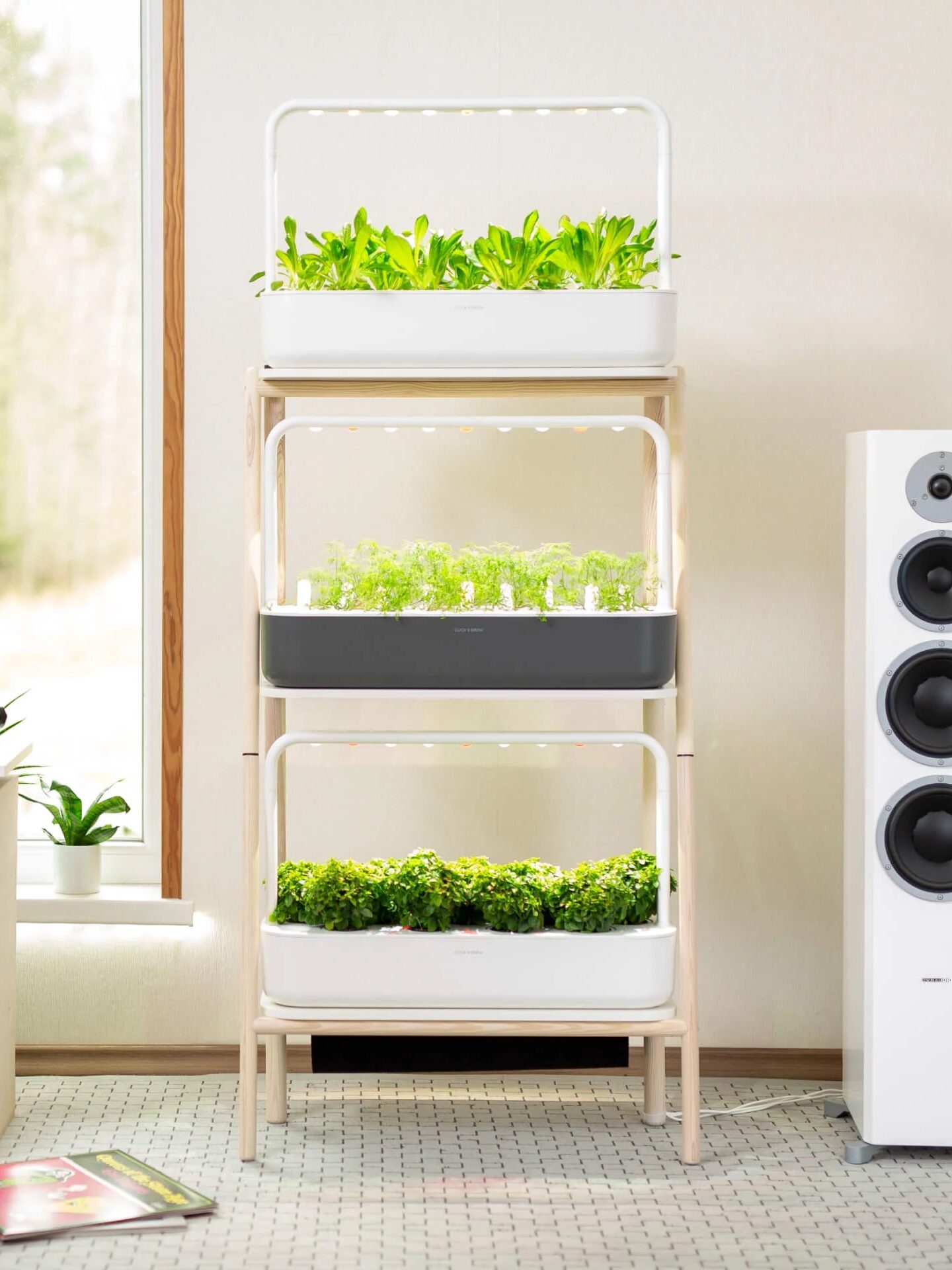
5. Gardener’s Supply
Best For | DIY gardens
Features | Grow lights & stands, houseplant supplies, plant stands & trays, seed starters
Price | Varies by need
If you’re looking for an indoor garden that lies at the intersection between DIY and all-in-one, Gardener’s Supply offers individual pieces to suit the needs of your space. You can find plant stands, grow lights, and shelving suited for indoor soil-based gardening (perfect for building your own custom setup). This certified B Corp is also 100 percent employee-owned and regularly gives back through grants, donations, and volunteer hours.
Customer Review | “A greenhouse wasn’t in the cards for me, so I purchased one of these, then eventually two more. I can garden all winter and save many plants from the previous season.” – Debbie (Read all reviews.)
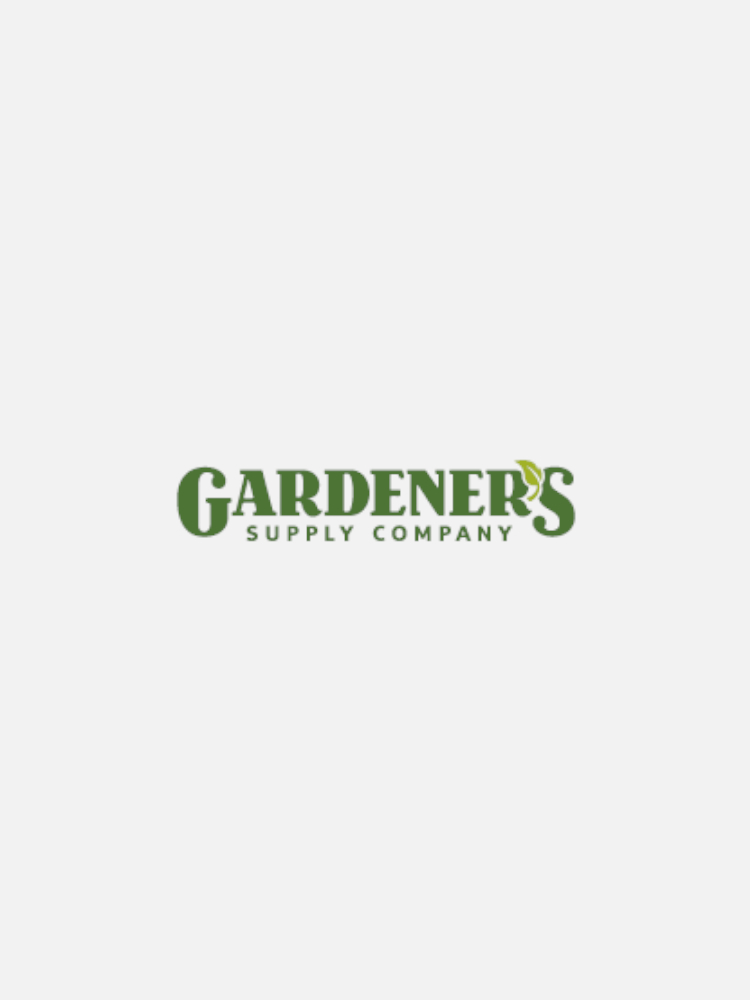
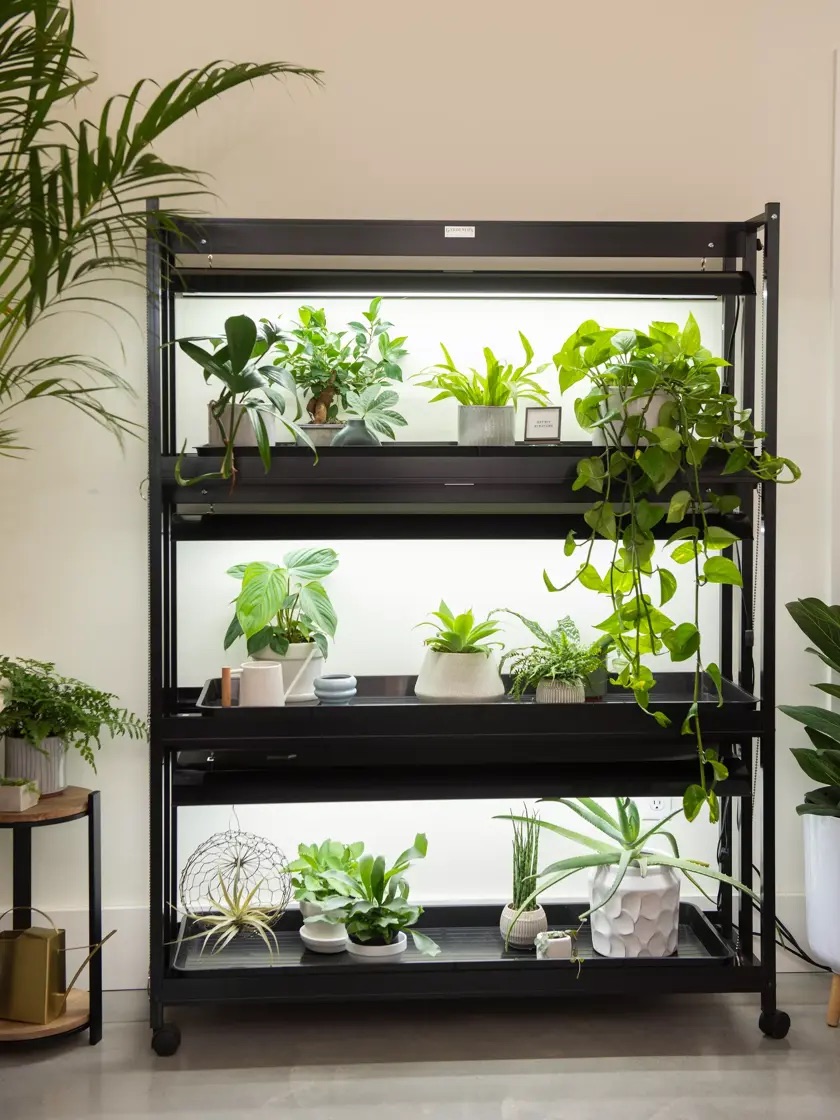
6. tevaplanter
Best For | Soil-free gardening
Features | Self-watering technology, easy maintenance, made in Italy
Price | $89
The tevaplanter makes gardening easy and stylish with its smart, self-watering design and personalized care tips. This compact planter fits into any space, letting you grow plants effortlessly. It comes with everything you need, including a chia seed packet (US & EU only), a water-retaining body, a lid to keep water clean, a hydrophobic base to prevent water damage, and rubber bands to secure plants. Perfect for a wide variety of plants, especially those native to humid environments like orchids and ferns, it’s mess-free and low maintenance with no soil needed!
Customer Review | “I am SO happy I backed Teva Planter and my plants are doing SO well. They look good, they grow well, and they are quite unique.” – Shamai C. (Read all reviews.)
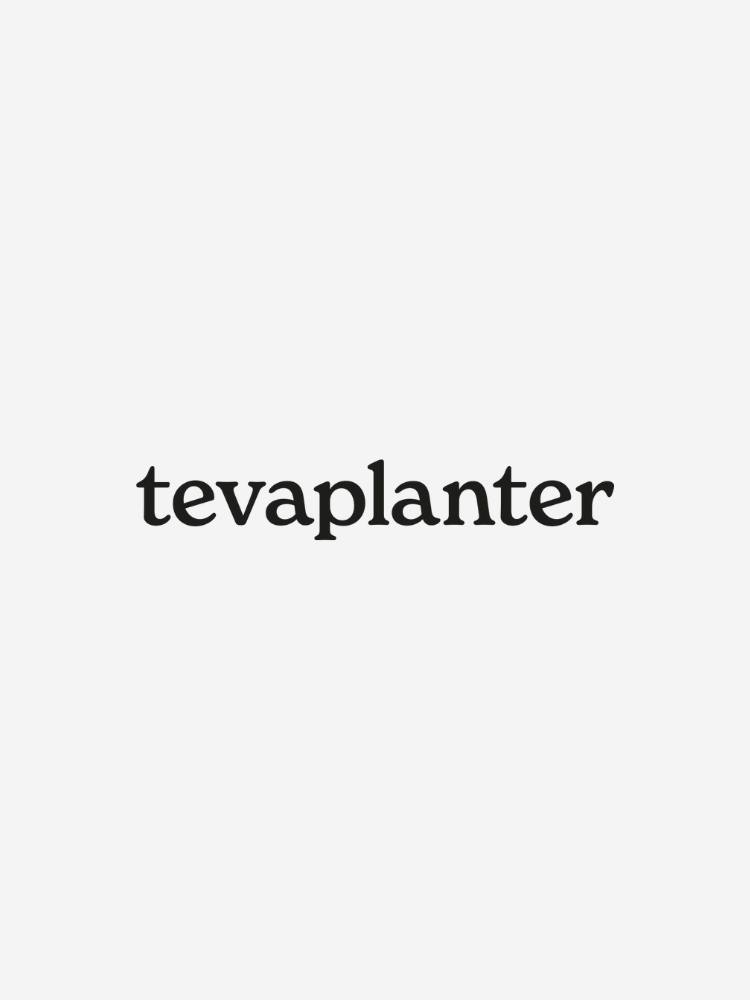
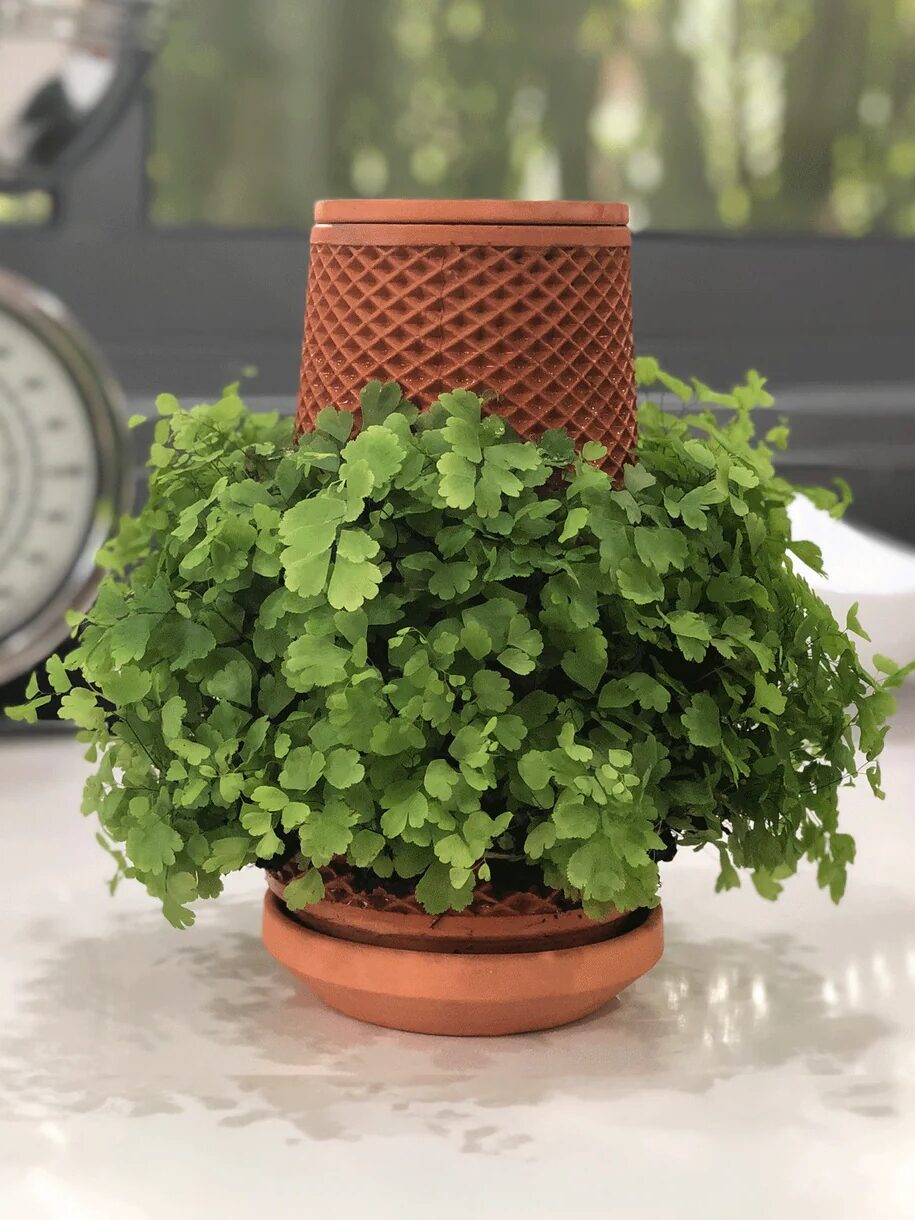
7. Shrooly
Best For | Growing mushrooms
Features | Variety of culinary & medicinal mushrooms, harvest in 7 days
Price | Starting at $519
If mushrooms are more up your alley when it comes to gardening, Shrooly is everything you’ve been looking for! This all-in-one device lets you grow a wide variety of mushrooms at home in just 7 days. With its fully automated system controlling humidity, light, and air circulation, you can enjoy fresh, organic mushrooms fast and hassle-free. Shrooly’s compact size (15.2 x 12 x 7.5 inches) fits any space, and its app provides helpful guides, tips, and customization for the best mushroom-growing experience!
Customer Review | “Finally a device that’s suitable for beginners — i’m beyond excited to start experimenting with it!” – Phil T. (Read all reviews.)

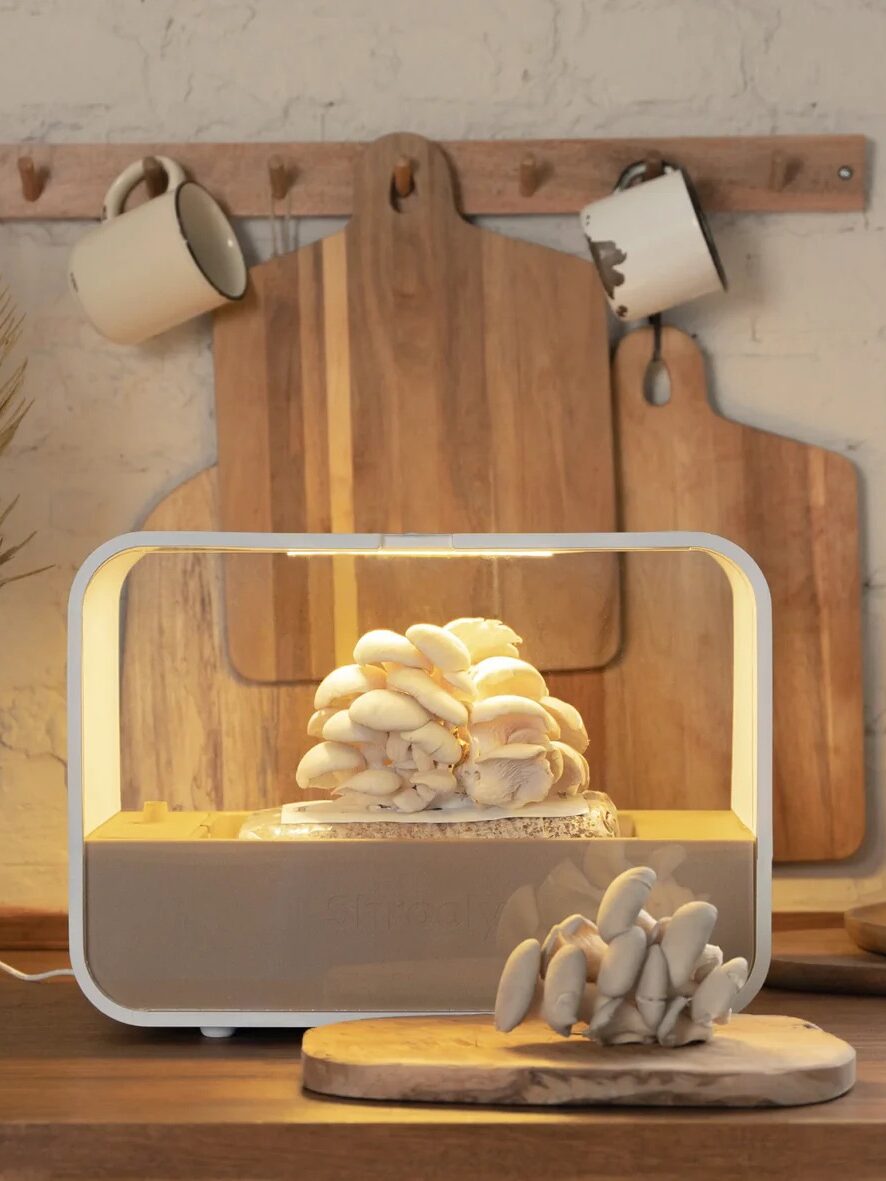
8. Mother
Best For | Modular garden
Features | Changeable design, recycled aluminum, integrated power, BPA-free
Price | Starting at $39
The Forest system and MicroPod from Mother offer a sleek, sustainable way to grow plants and microgreens indoors. Forest is a modular green wall with dimmable LifeSpectrum grow lights, designed from durable anodized recycled aluminum. It’s easy to install, customizable, and helps improve air quality, making it a great fit for any indoor space. On the other hand, the MicroPod makes growing microgreens effortless. Simply add water, sow seeds, and enjoy fresh, nutrient-rich salads every week without the hassle of daily maintenance or soil. Both products are built to last, making sustainable home gardening a breeze.

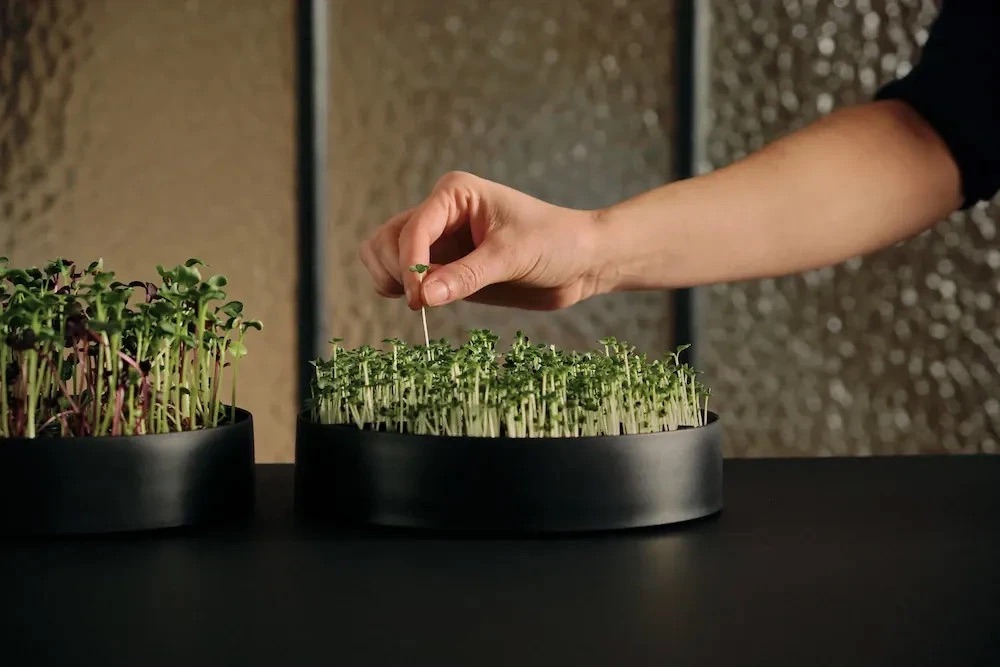
9. Garden Tower Project
Best For | Integrated composting system
Features | SA-made HDPE (non-toxic, BPA & PVC free plastic) components, FDA-approved dye, UV-protection antioxidant package, grow up to 50 plants
Price | $500
The Garden Tower Project’s compact, vertical garden and composting system is designed to grow up to 50 plants in just 4 square feet. Made in the USA from durable, food-grade, BPA- and PVC-free plastic, it offers a sustainable way to grow vegetables, herbs, and flowers organically. The system turns kitchen scraps into compost, enriching the soil for better plant growth without the hassle of weeding or water loss. Its 360-degree rotation ensures optimal sun exposure, and it features a compost tea drawer for easy access to nutrients. Backed by a 5-year warranty, it is the sustainable solution for urban and small-space gardening!
Customer Review | “I have two of them. They are absolutely awesome. Stand up, weedless gardening is the way to go” Barnadette O. (Read all reviews.)
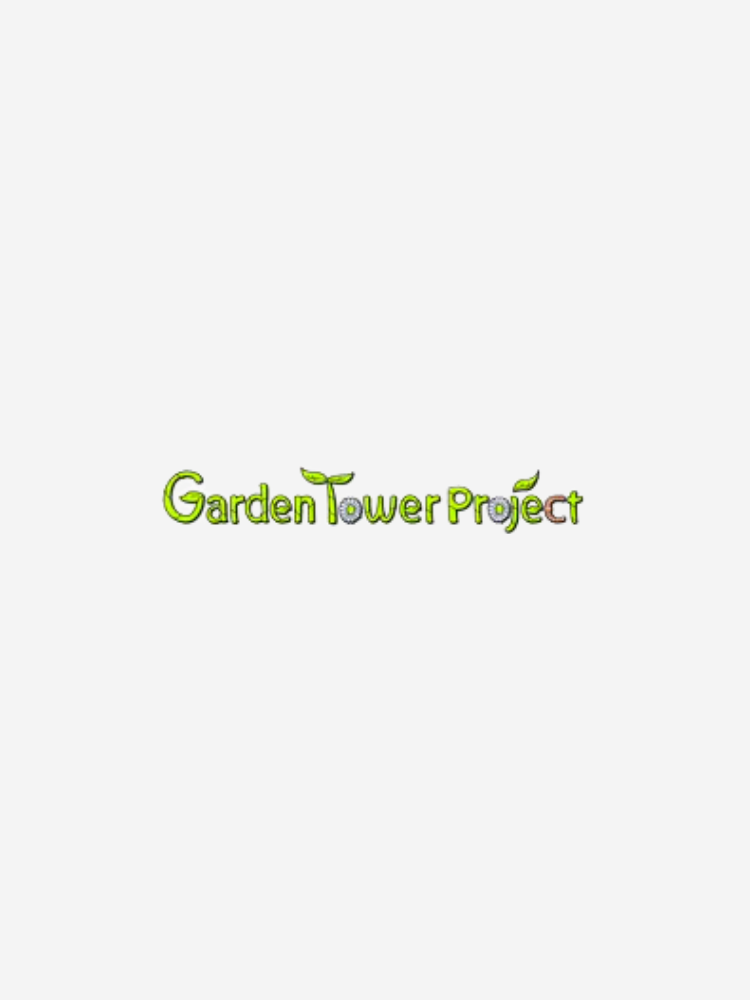
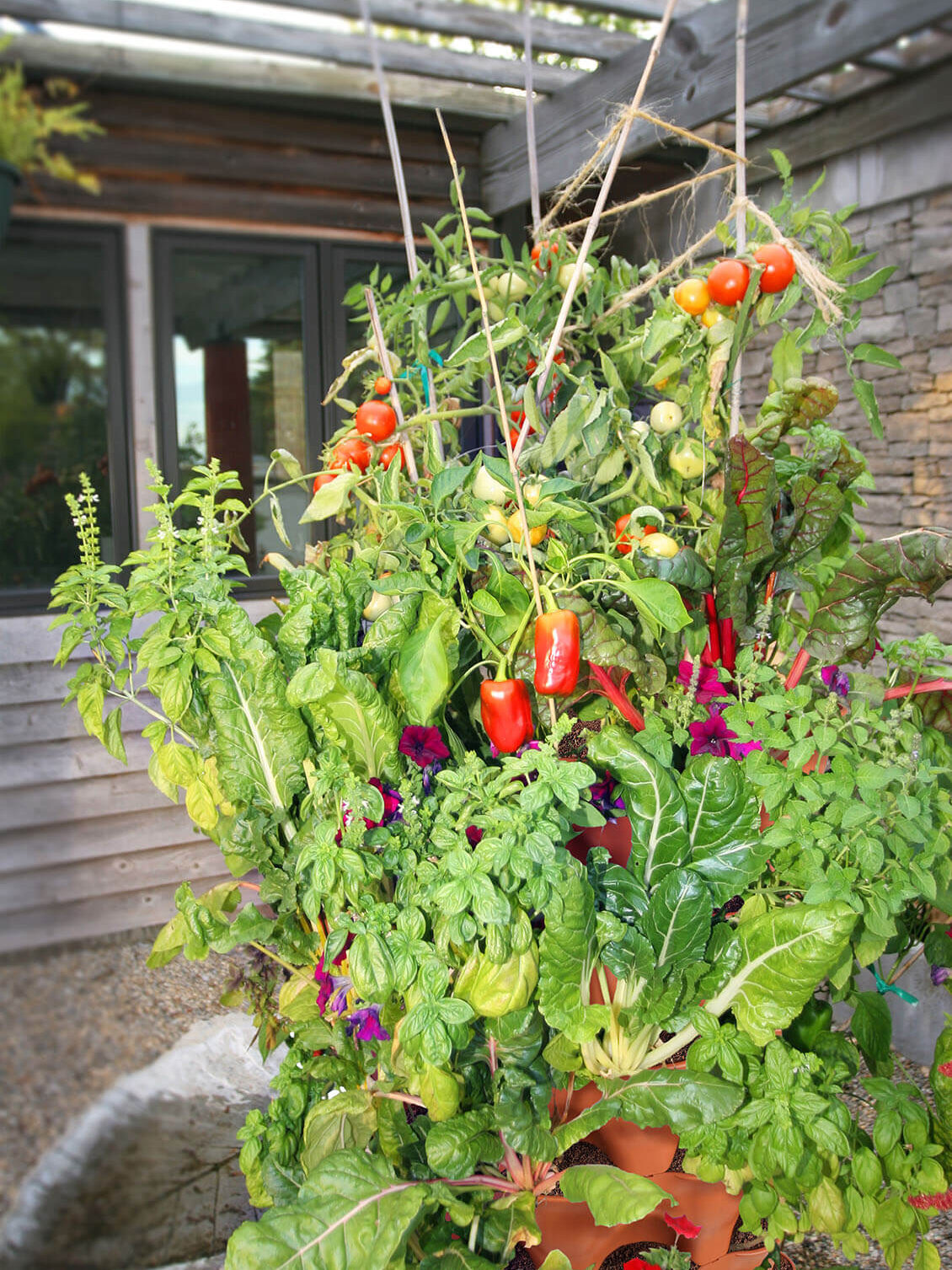
Featured image by Lettuce Grow

